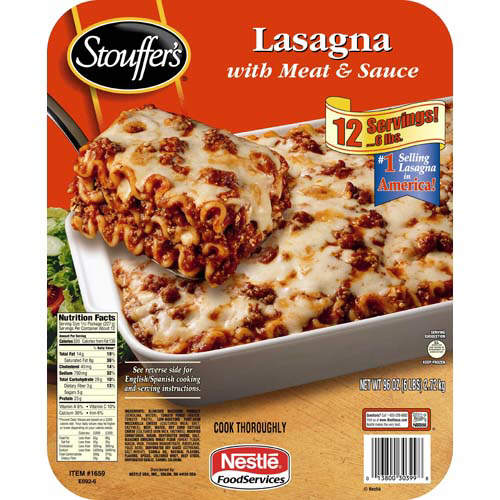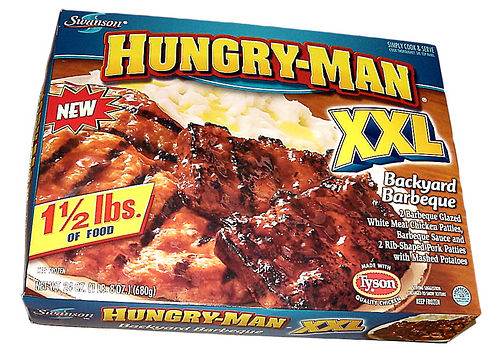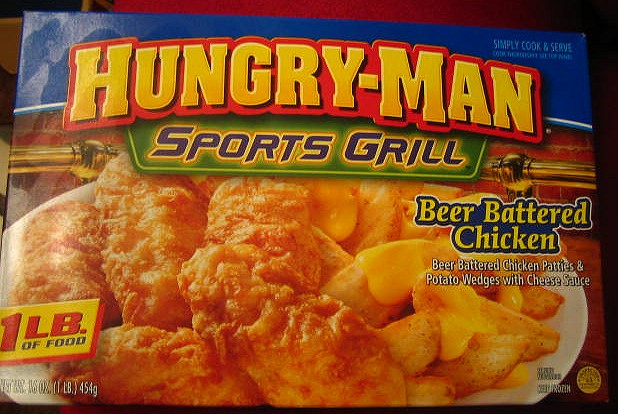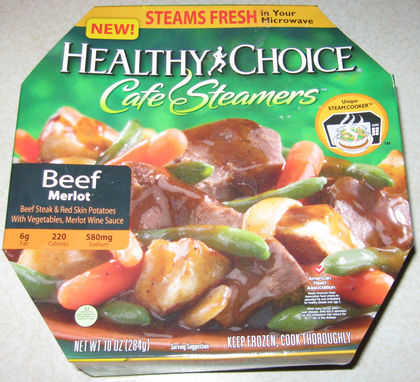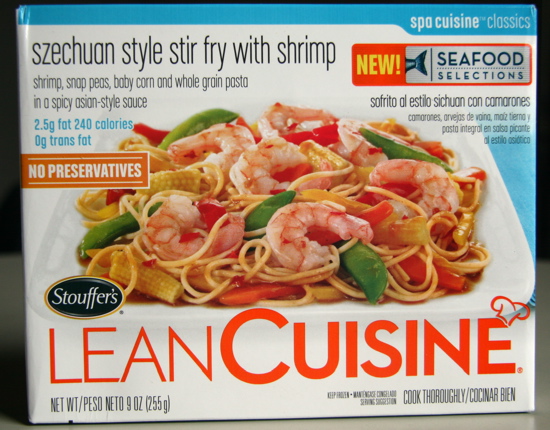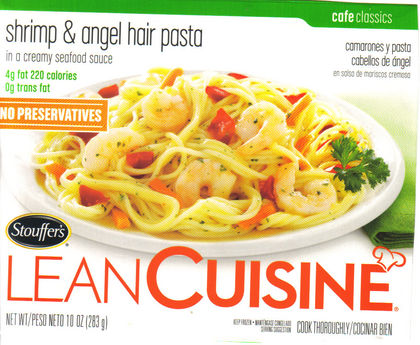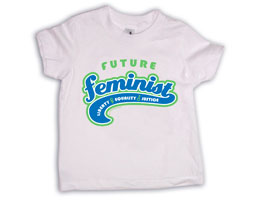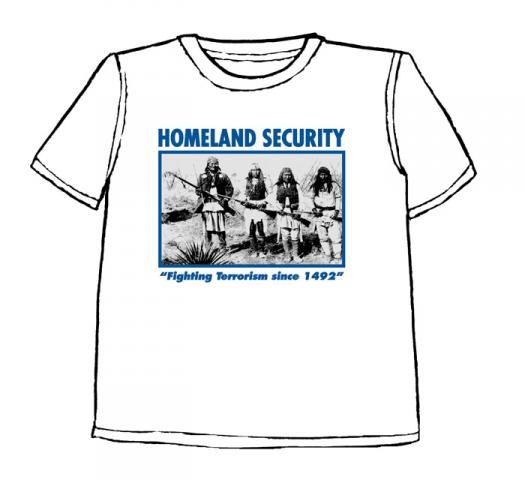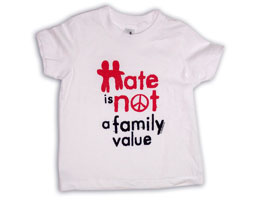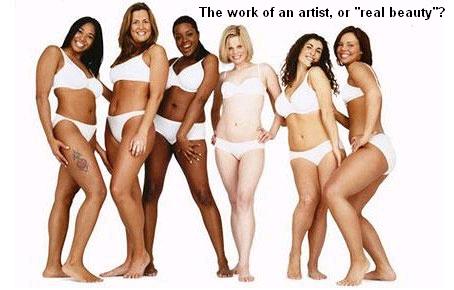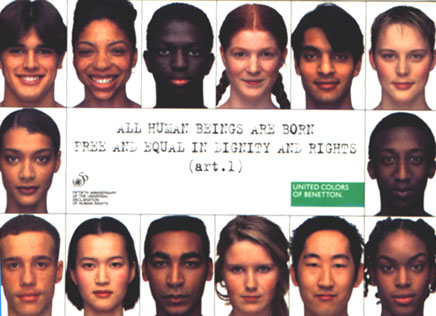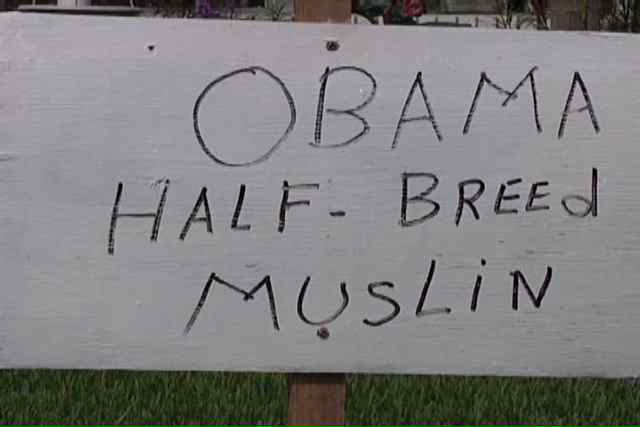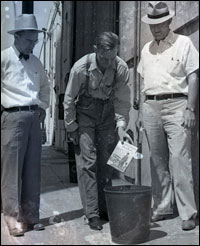p.j. sent me two images that she received in an email forwarded to her. The subject line of the email was “Harley…Any questions?” and the text said,
Food for thought. I’m telling you folks, this should be all you need to know to make the right choice.
Here is the first image, of Sarah Palin sitting on a Harley:

The second image showed Barack Obama on a bicycle:

The email also said,
Note: Her Harley is made in the US and his bike is made in China…..
There are a couple of things going on here. Clearly we’re supposed to take from this that because Palin once sat on an American-made form of transportation and Obama once sat on a form of transportation made in China, that Obama is unAmerican and, thus, unworthy of the presidency. Because trying to use less imported oil and reduce pollution by riding a bike totally makes you unworthy of running the country.
But there’s also a clear gender message here. We are supposed to take from the first image that, because she leans on American-made tough motorcycles, Palin is tough and strong. On the other hand, the picture of Obama riding a bike (in a bike helmet, no less) is, I believe, meant to imply that he is a weak, effete city boy who wouldn’t know how to shoot a moose if the need arose. The effect is that Palin, a woman, is depicted as more masculine than Obama. It’s a good example of how masculinity and femininity are characteristics of not just people, but also things, and that both men and women can adopt symbols of masculinity and femininity. However, because masculinity is more valued in our culture, women usually benefit from associating themselves with aspects of masculinity, whereas men are usually ridiculed for appearing feminine in any way. In this case, Palin’s connection to the hyper-masculine Harley makes her seem, to those forwarding this email around, tough and cool. Obama, on the other hand, can’t benefit from appearing more feminine in the way that Palin can benefit from appearing more masculine, because being feminine is stigmatized.
Of course, you might also discuss how big motorized machines are associated with masculinity, while caring about the environment (including things such as riding a bike to work) is often associated with femininity.
Thanks, p.j.!
UPDATE: Lea R. made a good point in a comment:
I’m not entirely convinced that what’s going on here is the “masculinization” of Sarah Palin. The “Harley babe” is a pretty standard trope of advertising those bikes, particularly when it comes to staking the objects out as masculine in themselves. Palin isn’t riding the motorcycle, after all– she’s posing with it. Pretty women posing with motorcycles aren’t really being presented as “masculine;” they set off the implied masculinity of the motorcycle, and reinforce it as a heterosexual accessory.
I think that’s an excellent point, and well said. I do think the Harley pic plays into Palin’s image as a rough, outdoorsy type of woman who engages in other masculine activities, like hunting, which have been been used to make her seem cool, strong, and “authentic.” But at the same time, she reinforces her femininity with her clothes and make-up, so she’s not in danger of being too masculinized, to where she’s threatening or stereotyped as a lesbian.
JT, in another comment, pointed out:
It looks like Obama might have a child on a trailer bike behind him — see the front of the trailer? Another piece of info that might contribute to the gender roles discussion.
Thanks for the excellent commentary!
UPDATE 2: In another comment, Will asked if the bike Obama was riding is actually manufactured in China, as the email claims. It is a Trek, a very popular brand. According to Wikipedia, there is some “high-end” domestic production and “assembly,” and “Trek also imports bicycles manufactured in Taiwan and mainland China.” I suspect this means that some of the expensive models are made in the U.S., and some cheaper models have the parts imported and put together here, but that most of the cheaper, regular-use bikes, like the one in the picture, are imported. I suppose the type of reader who would make a decision about voting based on these images would not care that Taiwan is not, in fact, China, and so if the bike was manufactured in Taiwan, the statement is technically incorrect.
